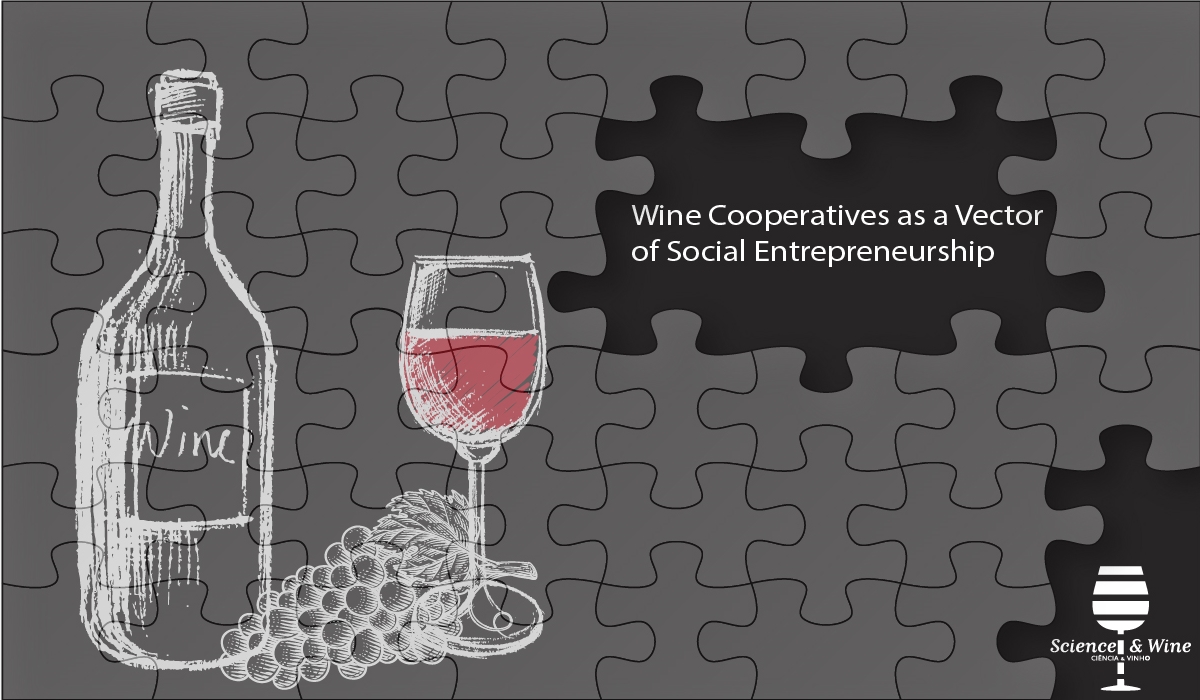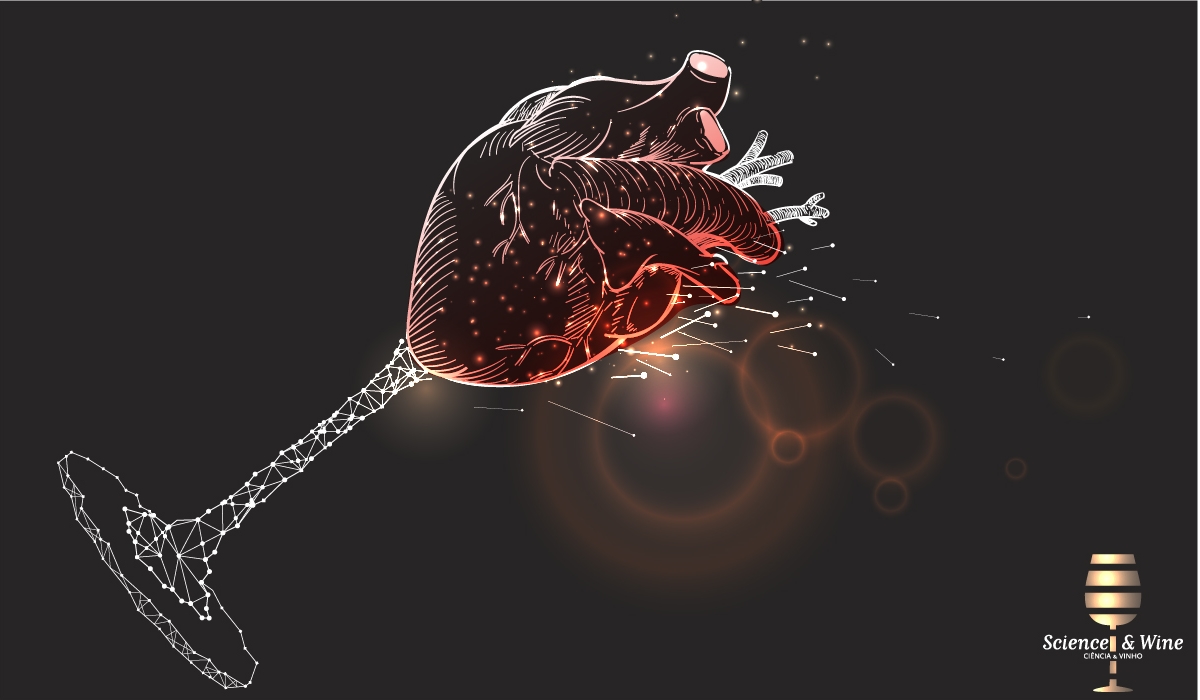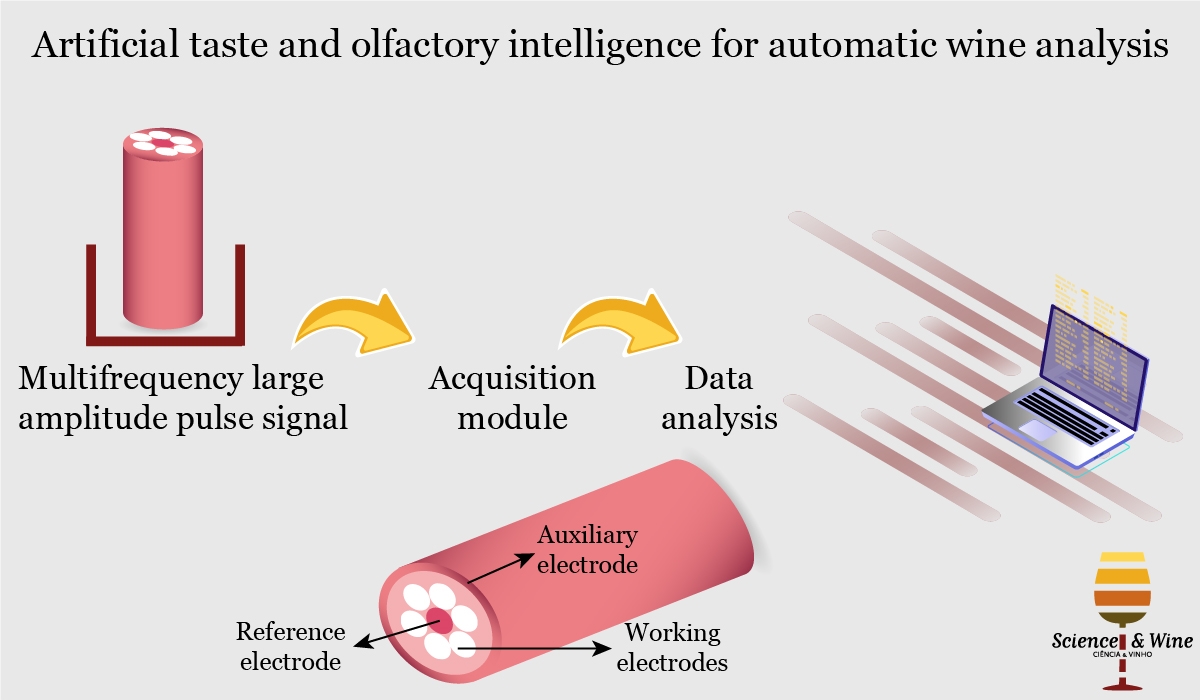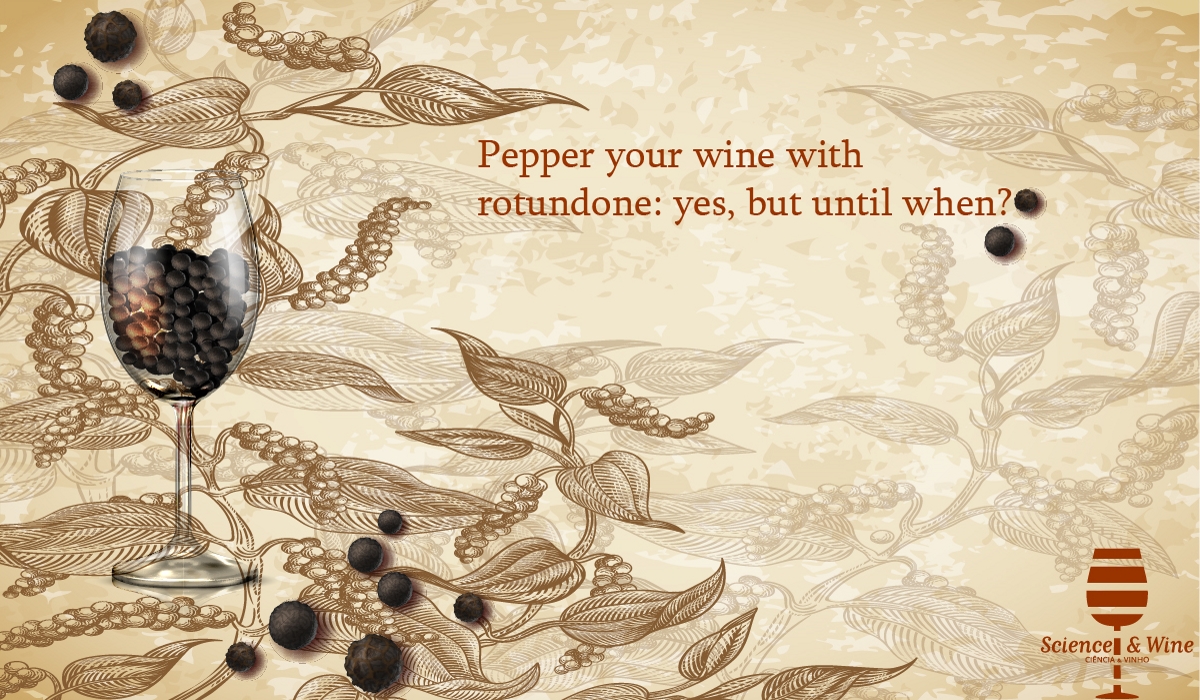Rotundone is responsible for peppery aroma in wine that, above a certain concentration, is considered as a defect by some consumers. Viticulture and environmental features have a substantial impact on rotundone concentration in both grape berries and in finished wines. Cool and wet vintages promote the production of red wines with a higher rotundone concentration. Within a single vineyard, large spatial variability in rotundone associated with variation in the land underlying the vineyard and vine water status were reported. Patterns of this spatial variation are temporally stable from year to year.

Wine cooperatives as a vector of social entrepreneurship
In many European countries and elsewhere in the world there is major renewed interest in cooperatives, as this type of business organisation seems to more resilient (and can achieve better performance than capitalist firms, principally at times of prolonged financial and economic crisis, such as the one experienced recently. The national and international wine market faces major challenges, either due to political and economic instability, or the great competition and decreasing world consumption of this type of drink. Therefore, wine cooperatives have been seen as representing sustainability in this sector in particular and present a certain impact on the society they are part of.

Wine and cardiovascular health: To drink or not to drink?
Wine has been consumed for many years and is suggested to play an important role in the improvement of cardiovascular risk factors. Wine consumption has been inversely related with ischemic heart disease, and the alcohol-blood pressure association, in most studies, follows a J-shaped curve. These results have been attributed to the molecular constituents of wine, namely ethanol and polyphenols. Due to the continued interest in wine as a biological beverage, in this post the chemistry of wine as clinicians, including its chemical composition is reviewed.

Give artificial taste and olfactory intelligence for automatic wine analysis
Electronic tongue (E-Tongue), as a novel taste analysis tool, shows a promising perspective for taste recognition. In this post, a voltammetric E-Tongue system is described. This E-Tong was used to measure 13 different kinds of liquid samples, such as tea, wine, beverage, functional materials, etc.. The average recognition performance of 13 analytes achieves 98%. A number of research has fully confirmed that bionic E-Tongue can be used in industrial quality control, food quality analysis, etc. E-Tongue and E-Nose could be an optimistic start for revealing the biological taste and olfactory mechanism in the course of development of world artificial intelligence.

